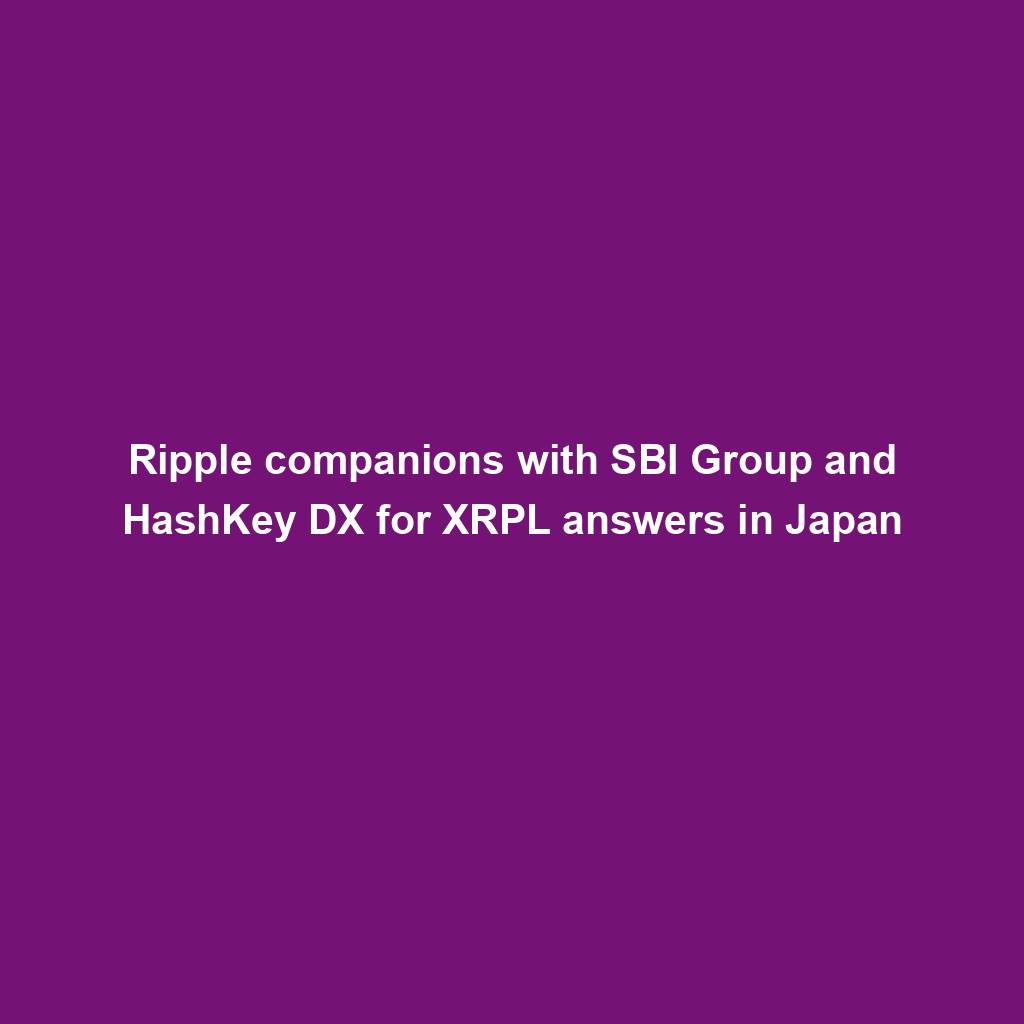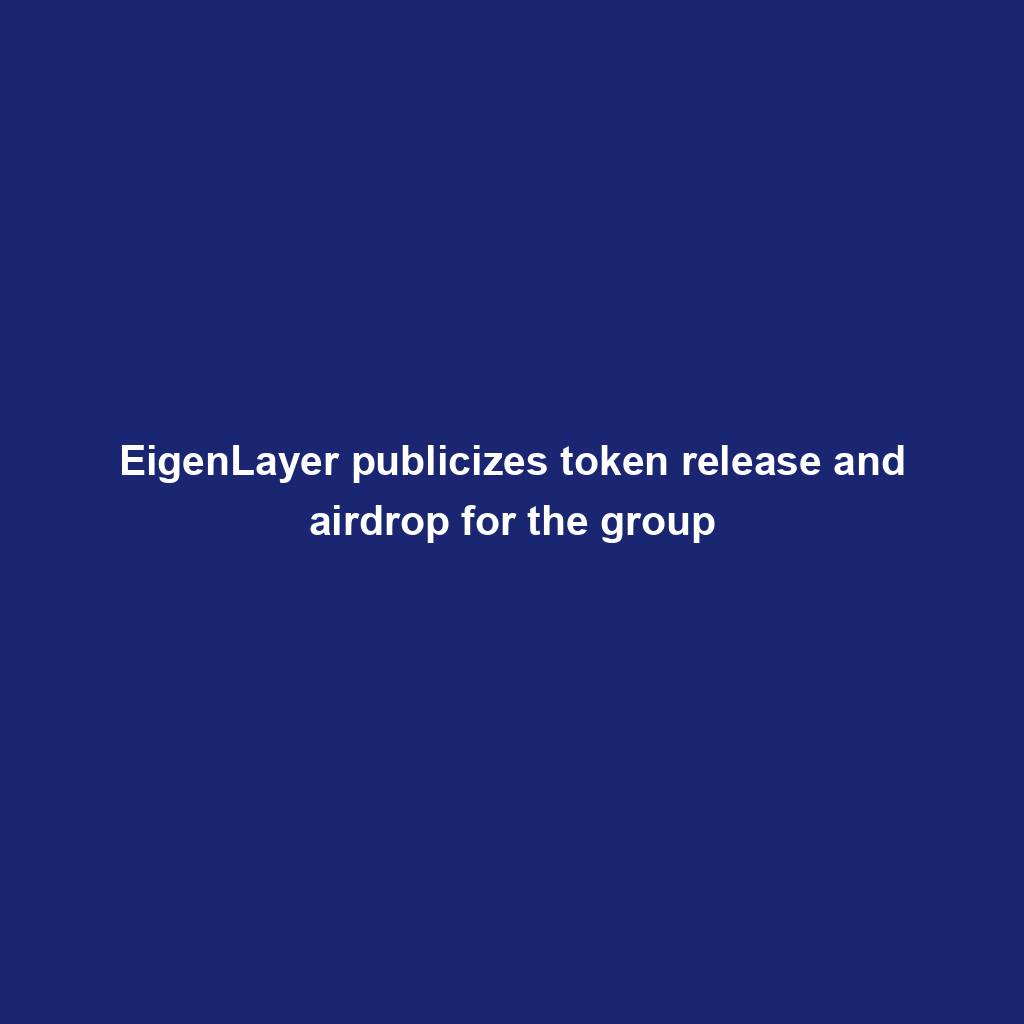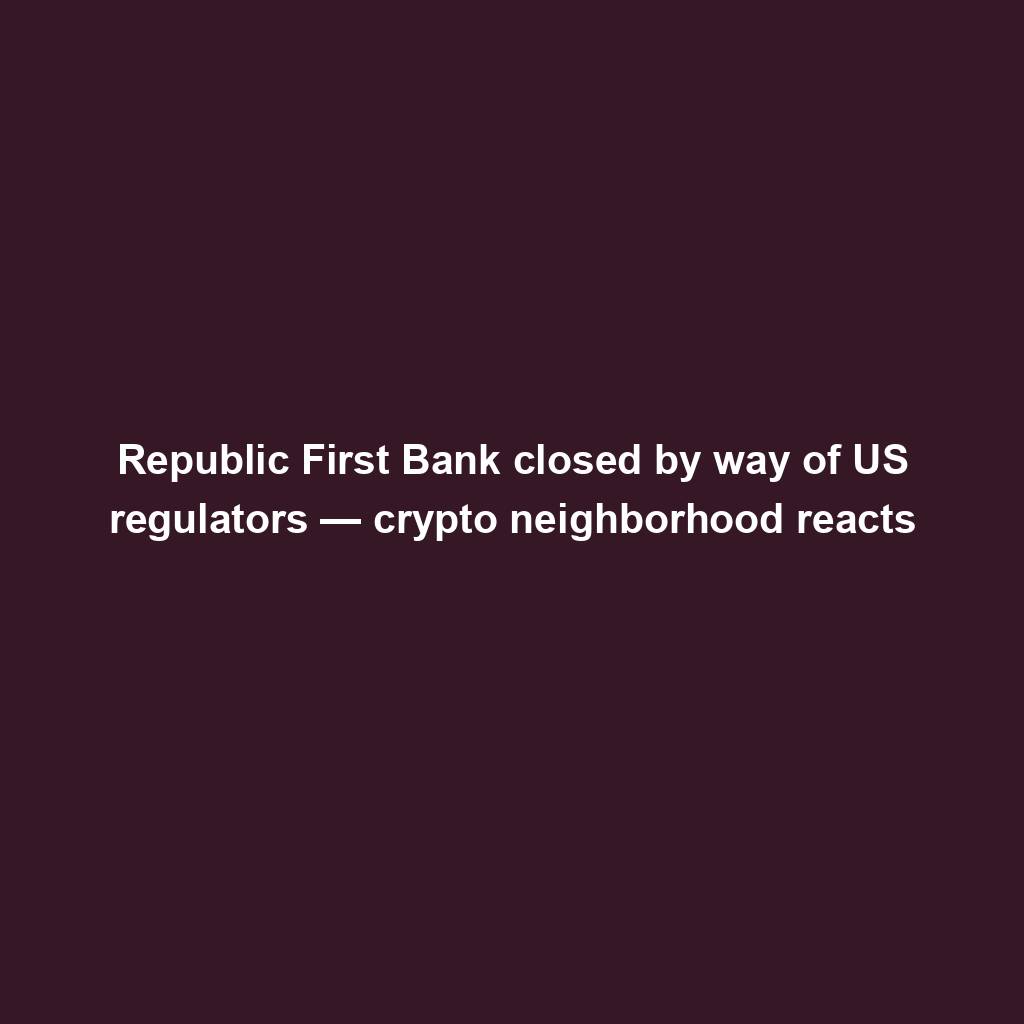Demystifying Sidechains: A Comprehensive Guide to Understanding Their Function and Benefits
Introduction:
Blockchain technology has revolutionized various industries by providing a secure and transparent way to record and validate transactions. However, the scalability issues and limited functionality of some blockchain networks have led to the development of sidechains. In this comprehensive guide, we will delve into the world of sidechains, explaining their function, benefits, and addressing frequently asked questions.
What are Sidechains?
A sidechain is a separate blockchain that is connected to a parent blockchain, also known as the mainchain. Sidechains enable the transfer of assets between different blockchains while retaining the security and decentralization of the parent blockchain. They serve as an additional Layer 2 solution that complements the functionalities of the mainchain.
How do Sidechains Work?
Sidechains operate by using a two-way pegging mechanism, allowing assets to move between the mainchain and sidechain. Every sidechain possesses its own set of rules and consensus mechanism, allowing for flexibility and customization. The two-way peg allows users to transfer assets from the mainchain to the sidechain, where they can perform specific operations or utilize additional features. These assets can also be transferred back to the mainchain when required.
Benefits of Sidechains:
Now let’s explore the benefits that sidechains offer:
1. Scalability: Sidechains alleviate the scalability issues faced by blockchain networks. By offloading some transactions to sidechains, the mainchain can process more transactions in a shorter time frame, enhancing overall scalability.
2. Enhanced Functionality: Sidechains enable developers to experiment and implement new features that may not be possible or practical within the limitations of the mainchain. These innovations can range from smart contracts, privacy enhancements, faster transaction confirmation, or specialized applications.
3. Interoperability: Sidechains facilitate interoperability between different blockchain networks. They allow assets to be transferred and utilized across multiple chains without the need for intermediaries or centralized exchanges, enabling seamless integration between different blockchain ecosystems.
4. Security: Sidechains inherit the security features of the mainchain, benefitting from the robustness of an established blockchain network. The two-way pegging mechanism ensures that assets transferred between the mainchain and sidechain remain secure and tamper-proof.
5. Customization: Sidechains provide developers with the ability to create tailor-made environments for specific use cases. For instance, financial institutions can build sidechains with enhanced privacy features for secure and private transactions. This customization contributes to the versatility and adaptability of blockchain technology.
Frequently Asked Questions (FAQs):
Q1: Are sidechains limited to specific blockchain networks?
A1: No, sidechains are not limited to any specific blockchain. They can be implemented on various blockchain networks, including Bitcoin, Ethereum, and others.
Q2: How are assets transferred between the mainchain and sidechain?
A2: Assets are transferred through a two-way pegging mechanism. Users lock their assets on the mainchain, which issues an equivalent amount of tokens on the sidechain. These tokens can be utilized within the sidechain and, if needed, transferred back to the mainchain.
Q3: Are sidechains secure?
A3: Sidechains inherit the security features of the mainchain, making them secure and resistant to tampering. Additionally, due to their separate consensus mechanism, any issues or attacks on the sidechain do not affect the mainchain.
Q4: Can sidechains help address scalability issues?
A4: Yes, sidechains are a prominent solution for scalability issues. By offloading some transactions to sidechains, the mainchain can handle a higher volume of transactions, facilitating scalability.
Q5: What is the difference between sidechains and layer 2 solutions like the Lightning Network?
A5: While both sidechains and layer 2 solutions tackle scalability, the key difference lies in their approach. Sidechains handle transactions in a separate blockchain connected to the mainchain, whereas layer 2 solutions, like the Lightning Network, operate within the mainchain itself.
Conclusion:
Sidechains provide a powerful solution to the limitations of blockchain networks, offering enhanced scalability, functionality, and interoperability. By understanding the concept and benefits of sidechains, blockchain enthusiasts can explore innovative possibilities across various industries. The potential impact of sidechains is enormous, and their implementation opens up a new era of blockchain applications and use cases.
More in this category ...
Ripple companions with SBI Group and HashKey DX for XRPL answers in Japan

April sees $25M in exploits and scams, marking historic low ― Certik

MSTR, COIN, RIOT and different crypto shares down as Bitcoin dips

EigenLayer publicizes token release and airdrop for the group

VeloxCon 2024: Innovation in knowledge control

Successful Beta Service release of SOMESING, ‘My Hand-Carry Studio Karaoke App’

Dogwifhat (WIF) large pump on Bybit after record reasons marketplace frenzy

How fintech innovation is riding virtual transformation for communities around the globe

Wasabi Wallet developer bars U.S. customers amidst regulatory considerations

Analyst Foresees Peak In Late 2025

Solo Bitcoin miner wins the three.125 BTC lottery, fixing legitimate block

Ace Exchange Suspects Should Get 20-Year Prison Sentences: Prosecutors

Google Cloud's Web3 portal release sparks debate in crypto trade

Bitcoin Primed For $77,000 Surge

Bitbot’s twelfth presale level nears its finish after elevating $2.87 million

PANDA and MEW bullish momentum cool off: traders shift to new altcoin

Commerce technique: Ecommerce is useless, lengthy are living ecommerce

Republic First Bank closed by way of US regulators — crypto neighborhood reacts

China’s former CBDC leader is beneath executive investigation

Bigger isn’t all the time higher: How hybrid Computational Intelligence development permits smaller language fashions

Pantera Capital buys extra Solana (SOL) from FTX

Successful Beta Service release of SOMESING, ‘My Hand-Carry Studio Karaoke App’

SEC sues Bitcoin miner Geosyn Mining for fraud; Bitbot presale nears $3M

Business procedure reengineering (BPR) examples

85% Of Altcoins In “Opportunity Zone,” Santiment Reveals

Sam Altman’s Worldcoin eyeing PayPal and OpenAI partnerships

Artificial Intelligence transforms the IT strengthen enjoy

Franklin Templeton tokenizes $380M fund on Polygon and Stellar for P2P transfers

Meta’s letting Xbox, Lenovo, and Asus construct new Quest metaverse {hardware}

Shiba Inu (SHIB) unveils bold Shibarium plans as Kangamoon steals the display
